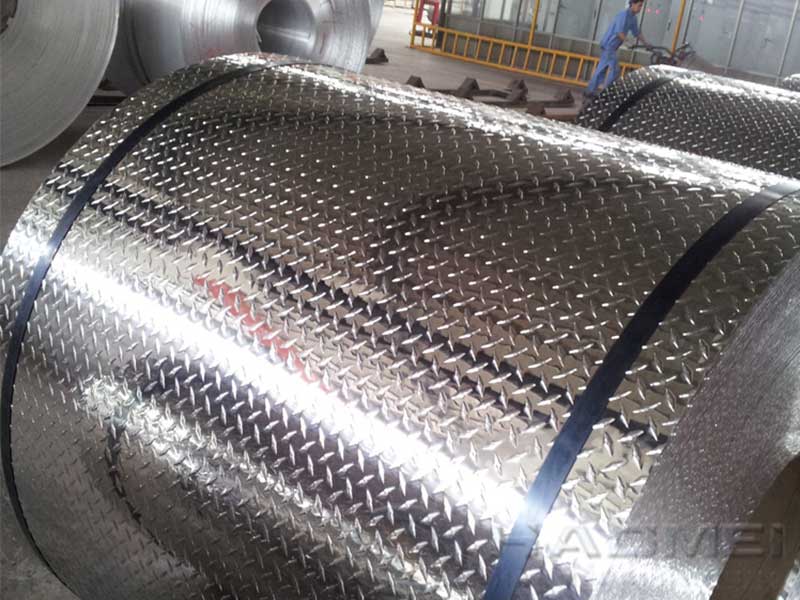1.Description
Aluminium foil (or aluminum foil) is aluminium prepared in thin metal leaves with a thickness less than 0.2 millimetres (8 mils); thinner gauges down to 6 micrometres (0.24 mils) are also commonly used.In the United States, foils are commonly gauged in thousandths of an inch or mils. Standard household foil is typically 0.016 mm (0.63 mils) thick, and heavy duty household foil is typically 0.024 mm (0.94 mils). Thefoil is pliable, and can be readily bent or wrapped around objects. Thin foils are fragile and are sometimeslaminated to other materials such as plastics or paper to make them more useful. Aluminium foil supplantedtin foil in the mid 20th century.
Annual production of aluminium foil was approximately 800,000 tonnes (880,000 tons) in Europe and 600,000 tonnes (660,000 tons) in the U.S. in 2003. Approximately 75% of aluminium foil is used for packaging offoods, cosmetics, and chemical products, and 25% used for industrial applications (e.g. thermal insulation, cables and electronics).
In North America, aluminium foil is known as aluminum foil. It was popularized by Reynolds Metals, the leading manufacturer in North America. In the United Kingdom and United States it is, informally, widely called tin foil, for historical reasons (similar to how aluminum cans are often still called "tin cans").Metallised films are sometimes mistaken for aluminium foil, but are actually polymer films coated with a thin layer of aluminium. In Australia, aluminium foil is widely called alfoil.
2.Why you must choose us?
We can supply any help that you need!
3.Specification and application
lidding foil lidding foils USING ALUMINIUM
Application: Lid of yogurt package, dairy package
Alloy: 8006/8011/8079
Temper:O
Thickness& Tolerance: 0.03mm-0.05mm(±5%)
Width& Tolerance: 200mm-1650mm(±1mm)
Mechanical Properties: Tensile Strength (U.T.S)≥50Mpa, Elongation≥1%
Standard: GB/T3198 /ASTM-B209/EN546
4.Pictures
5.FAQ
1)How about our payment term?
LC and TT and other.
2)Which country can we supply?
All around the world!







